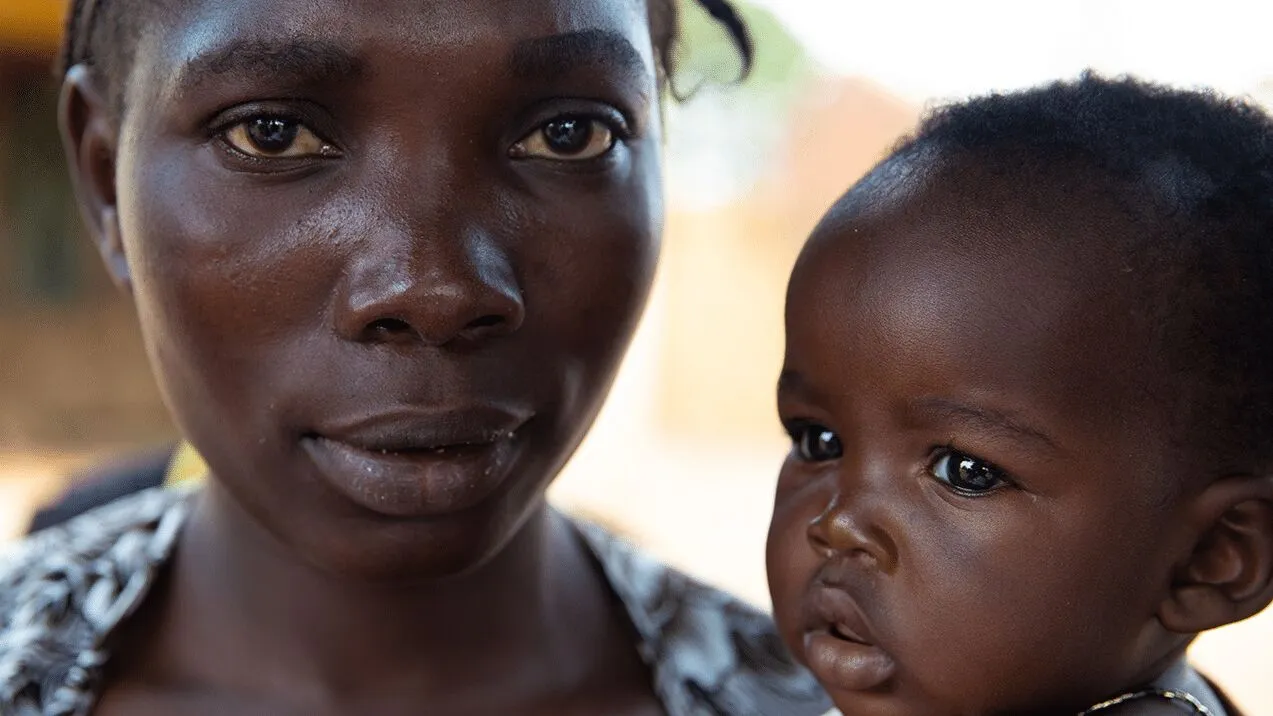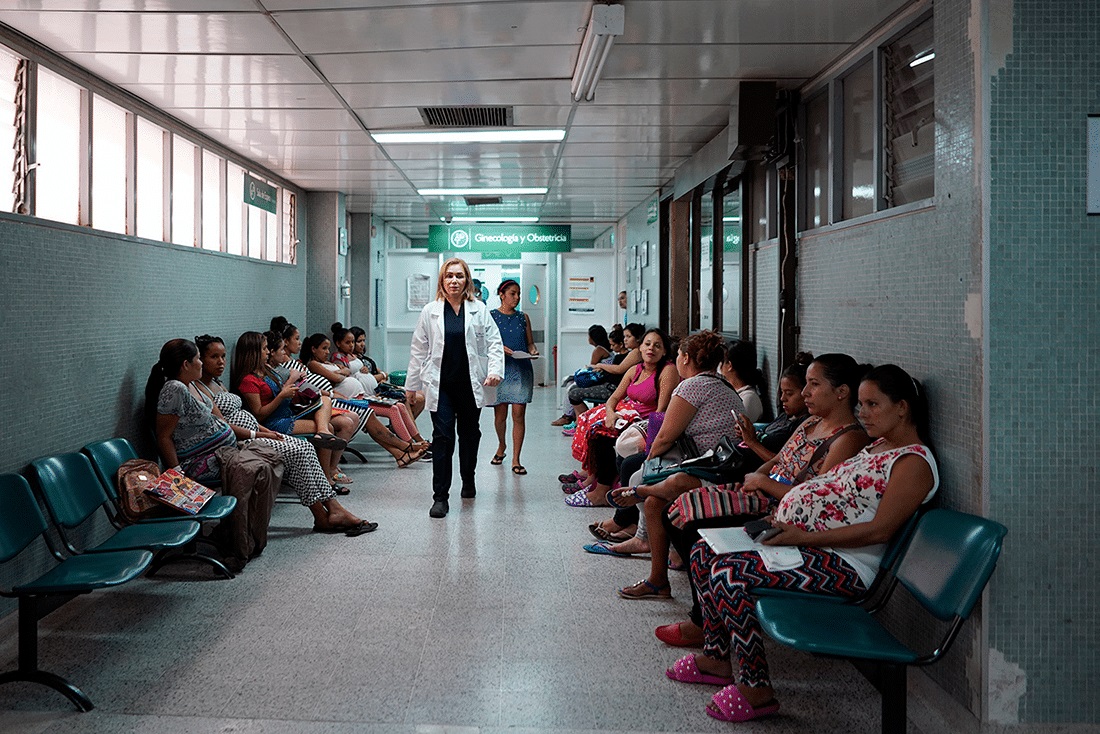5 Health Crises We’re Watching in 2020
In today’s climate, the fight to protect and improve global health is more urgent than ever. Here’s an overview of some of the world’s most pressing health challenges — and what HOPE is doing to address them.

The world is up against multiple health challenges.
From natural disasters to deadly disease, these issues cross borders and put millions of lives at stake. And they’ll only get worse until their root causes are effectively addressed — until violent conflicts are resolved, health workers have the tools they need, and communities are equipped to withstand the changing climate. This will require a global collective effort.
Around the world, HOPE works to empower health workers with lifesaving solutions that heal people and transform lives. As we learn to navigate the currents of global change, one thing remains the same: Our job is to strengthen health systems, prevent disease and save lives. And in today’s climate, it’s more important than ever.
Here are five global health threats that have our attention this year.
1. A global shortage of health workers
The world urgently needs more health workers. Seven million more, to be exact — and we’ll need 18 million more health workers by the end of this decade.
The global shortage of health workers is at the top of our list, because without health workers, there aren’t health services. Our ability to improve people’s access to care and achieve universal health coverage is entirely dependent on the availability and quality of the health workforce. Yet it’s estimated only half of all countries currently have the health workforce needed to deliver quality health services.
Continuous shortages — many in the most desperate situations, like Yemen — leave millions of people without the medical attention they need to survive. During the 2014 Ebola outbreak, a staggering 21% of Sierra Leone’s medical workforce died. Today, the entire country only has 165 doctors serving a nation of 7 million people. That’s one doctor for every 42,400 people.

At Project HOPE, we believe health workers are the key to solving today’s most pressing health challenges. Training and equipping them to provide quality care is at the heart of our mission. This year, we’ll continue our work to empower health workers to fight the health battles in the communities where they work, whether it be combating HIV in Ethiopia, saving newborn lives in the Dominican Republic, or reducing maternal and neonatal mortality in Sierra Leone.
2. Impacts of climate change
This year, an estimated 5 million people worldwide will die as a result of climate change. It’s no longer a matter of debate — climate change is a global health and humanitarian crisis putting millions of lives in jeopardy.

Warmer temperatures and erratic weather patterns pose a range of threats to global health: they reduce food supply, increase the risk and spread of disease, and lead to more extreme weather events. Additionally, the changing climate disproportionately affects those who have the least to do with it: People living in the poorest countries are bearing the brunt of its consequences.
Read: It’s Time For The Health Care System To Reckon With The Human Costs Of Climate Change
It’s time to get ahead of the forecast. In addition to our work training health workers and supporting hospitals and clinics, HOPE works within communities to build resilience to the impacts of climate change. We also stand ready to respond in times of emergency. In recent years, HOPE has mobilized quickly to save lives when major disasters strike. By working closely with ministries of health and local organizations, we are more effective today than we’ve ever been before.
“Climate change contributes directly to increases in morbidity and mortality, displacement and conflict. Climate change isn’t a political issue: human lives are at stake, and we can’t afford to sit by and not do anything about it.”
– Rabih Torbay
3. Pandemic readiness
The risk of another global pandemic is growing.
The 1918 influenza pandemic infected one-third of the world’s total population. By the time the pandemic was over, two years later, more than 50 million people had died (more than twice as many casualties as the First World War).
Today, even in the interconnected world we live in, it’s hard to imagine such a deadly worldwide disease. But it’s not a question of whether or not a new pandemic will strike — it’s a question of when, and how severe it will be. Diseases like Ebola, Zika and Lyme could all cause a pandemic disaster. A strain that’s resistant to antibiotics will spread like wildfire, faster than any waterborne disease. A recent example? The 2015-2016 Zika outbreaks in the Americas. In the beginning of 2016, Zika had been reported in 20 countries and territories. By the end of the outbreak, it had spread to at least 60.

So how do we prepare for the next pandemic? HOPE plays its part by strengthening the capacity of health systems and responding quickly and effectively to outbreaks around the world.
“We live in a more densely populated and interconnected world than ever before. We’ve already seen what the threat of infectious disease can be — and that threat continues to grow.”
– Chris Skopec
4. The growth of noncommunicable diseases
Noncommunicable diseases are the leading cause of death in the world — and the threat is rapidly rising. Chronic diseases, such as heart disease, respiratory diseases and diabetes, are already responsible for over 70% of deaths each year. In 2018, that equated to 41 million people — more than the entire population of Canada. More than one-third of these deaths were premature, in people between ages 30 and 69. Most deaths from NCDs occur in low- and middle-income countries, where health education is less common and quality treatment and care can be harder to find.

NCDs have no boundaries. Children, adults and the elderly are all vulnerable to the five main risk factors: tobacco smoke, physical inactivity, alcohol use, unhealthy diets and air pollution. These risk factors have also been proven to exacerbate mental health issues, which often begin at an early age and go undetected and untreated; suicide is the second-leading cause of death among 15-29-year-olds.
In 2020, HOPE will continue to help communities prevent, detect, manage and treat NCDs by working closely with health workers, patients and at-risk populations around the world. In Mexico, for example, where diabetes has been declared a national emergency, we’ll be empowering young people to make healthy choices, providing diabetes training to health professionals, and helping patients better manage their health.
“As the standard of living in a country goes up, the morbidity shifts from infectious disease to noncommunicable disease,” says Project HOPE’s executive vice president Chris Skopec. That’s not going to show up on the front page of a newspaper, yet it is the biggest killer in the world today.”
“One of the things I’ve always been attracted to about Project HOPE is that we really go where the need exists. There’s a huge need in noncommunicable diseases, and there aren’t enough actors stepping up to address it.”
– Chris Skopec
5. Humanitarian crises
An unprecedented number of people are suffering amidst humanitarian crises in places like Yemen, Venezuela and Syria. Conflict and disaster displaced a record number of people from their homes last year, exposing millions of families to increased risk of malnutrition and infectious diseases like cholera.
The United Nations Office for the Coordination of Humanitarian Affairs predicts conflicts, climate change and economic stress will put millions more at risk of being pushed into humanitarian crisis in the coming years.
Health systems in these fragile contexts are overwhelmed, and hospitals (or what’s left of them, in some cases) are in dire conditions — with little to no supplies, equipment, or electricity, and not enough health workers to meet the never-ending needs.
We’ve seen this firsthand in Asia and Latin America. In Yemen, we’ve visited hospitals without equipment, medicine, supplies, or qualified staff, in communities where malnutrition and disease are rampant. In Colombia, we’ve met families who have traveled hundreds of miles and crossed the border to reach urgent health services they couldn’t find (or afford) at home in Venezuela.

In response to the worsening humanitarian crisis in Yemen, HOPE formed the Humanitarian Alliance for Yemen alongside MedGlobal, Pure Hands and United Mission for Relief and Development. Together, the alliance is engaging local Yemeni organizations to deliver food, medicines, medical supplies, and critical medical services to the people who need it most. In Colombia, we’re strengthening the health care system and providing urgent medical support for Venezuelan migrants, especially pregnant women and newborns.







